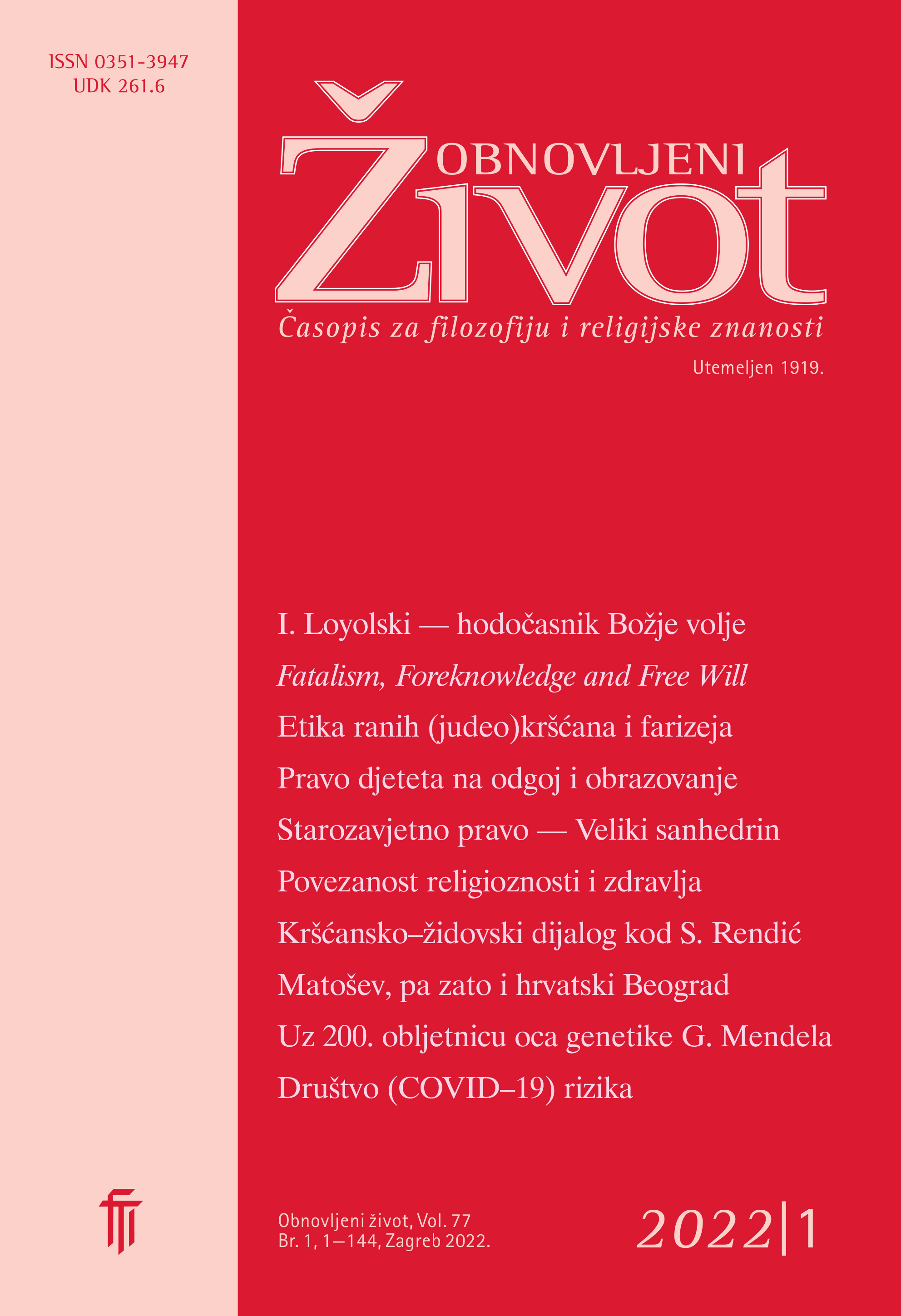Old Testament Law
The Great Sanhedrin as the Supreme Court
Keywords:
halacha, Torah, Talmud, trial, beth din, SanhedrinAbstract
Jewish law (halacha), Canon law and Islamic law (shari’a) are all based on Holy Scripture (the Bible) and the Qur’an as their main sources. Their origins are God’s revelation, and therefore these legal systems are immutable, eternal and binding upon everyone. In this paper we analyze the structure, jurisdiction and operation of the Jewish courts in a historical context with a special emphasis on the Great Sanhedrin. Jewish law (halacha) regulates everyday life situations, prescribes desired behaviour as well as the rights and obligations of the individual. Since the time of Moses, the judiciary was an indispensable part of the religious and social life of the chosen people. There were three types of courts: beth din, lesser sanhedrins and the Great Sanhedrin. The latter was the highest court in the country, and also the council of the state and legislature. Only it had the power to decide in regard to the most serious criminal cases (the responsibility of the king and the high priest, the prostitution of the priest’s daughter, the violation of the sabbath, false prophets, idolatery, blasphemy). After the exile of the Israelites from their homeland, the Great Sanhedrin lost some of its authority (for example, the imposition of the death penalty) but continued to act as an academy, court, an interpreter of law and court judgments. In Jewish communities, religious law is still applicable today in matters of family relations.
Downloads
Published
Issue
Section
License
Jednom prihvaćeni članak obvezuje autora da ga ne smije objaviti drugdje bez dozvole uredništva, a i tada samo uz bilješku da je objavljen prvi put u Obnovljenom životu. Uredništvo će obavijestiti autora o prihvaćanju ili neprihvaćanju članka za objavljivanje.
Članci objavljeni u časopisu se, uz prikladno navođenje izvora, smiju besplatno koristiti u obrazovne i druge nekomercijalne svrhe.


